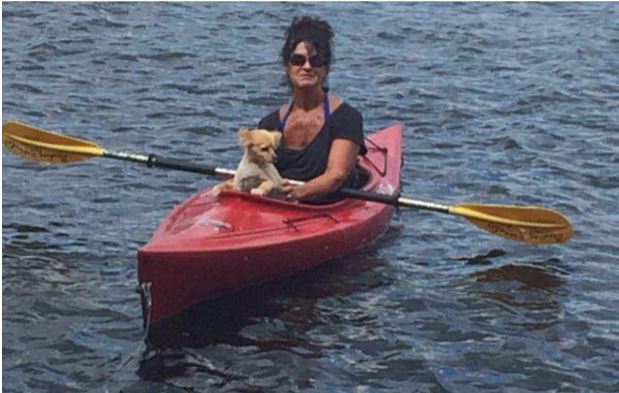Two previous posts discussed:
- Why Good Leaders Coach and Others Don’t
- Step 1 in the 5 Step Guide to Coaching Employees – show, tell, practice, observe, feedback
This post expands on steps 2 and 3, which apply to employees who have skills and experience in their current roles. They’re ready for an approach to coaching that develops problem solving skills for increasingly complex situations.
How to Coach Employees with Suggestions and Guiding Questions

Beth (not her real name) was a coaching client in the throes of personal and professional transformation. The truth is she was becoming more Her Self. Beth decided pole dancing lessons would help her relieve stress, find herself, and provide a few fun nights out with girlfriends.
One day she came to our coaching session beaming with pride and excitement. She had crossed a threshold and was ready to use her new skills without hands on assistance from Diane, her pole dancing teacher/coach. Instead, Diane stood by and provided encouragement, guidance and suggestions, when and as needed. She was also be there to catch Beth in case of danger, but no longer needed to be a show and tell coach.
As a step 2 and 3 coach, Diane asked guiding questions to review and remind Beth about a routine’s steps and safety precautions before Beth took to the pole. When Beth completed each routine, Diane asked Beth what she thought went well and what she could do differently or better next time. The coach reverted to “telling”, step 1 in the coaching process, only when Beth hesitated or faltered in such a way that danger signs flashed in Diane’s mind, or when corrective feedback was needed.
How to Coach with Suggestions
Just like Diane, your step 2 suggestions and guiding questions to coaching employees may be related to what the two of you discussed in Step 1, the show and tell phase, as in:
This is a situation in which you can modify the formula we discussed for how to begin a cold call.This isn’t exactly a cold call since a mutual contact referred you to the prospect. How might you modify the approach?
How and How Not to Ask Guiding Questions
A lot of managers ask leading questions that steer, or manipulate, employees to do what the manager thinks is best. “Don’t you think you should…” “Would you agree that…” Direct reports can tell when your questions reveal your preferred solution. If you know what you want your coachee to do, it’s best to come right out and say so. If you want to help him develop critical thinking, you can follow your suggested solution with questions, such as:
What problems might come up if you take this approach? How will you address them? What other solutions might work?
When you coach employees, guiding questions are intended to help them develop their own thinking by solving the problem at hand. Real guiding questions include:
What past successes have you had in similar situations?
What outcomes are you trying to achieve? What steps will get you there? If you were the client, what would cause you to say ‘Yes’ to that solution?
You seem reluctant to try something new. I wonder if this is due to past mistakes. Keep in mind that mistakes are part of the learning process. What can you learn from those mistakes that will help you come up with a better solution?
The next post in this series addresses how to coach employees to reach their own insights; become aware of, and solidify, guiding principles.


